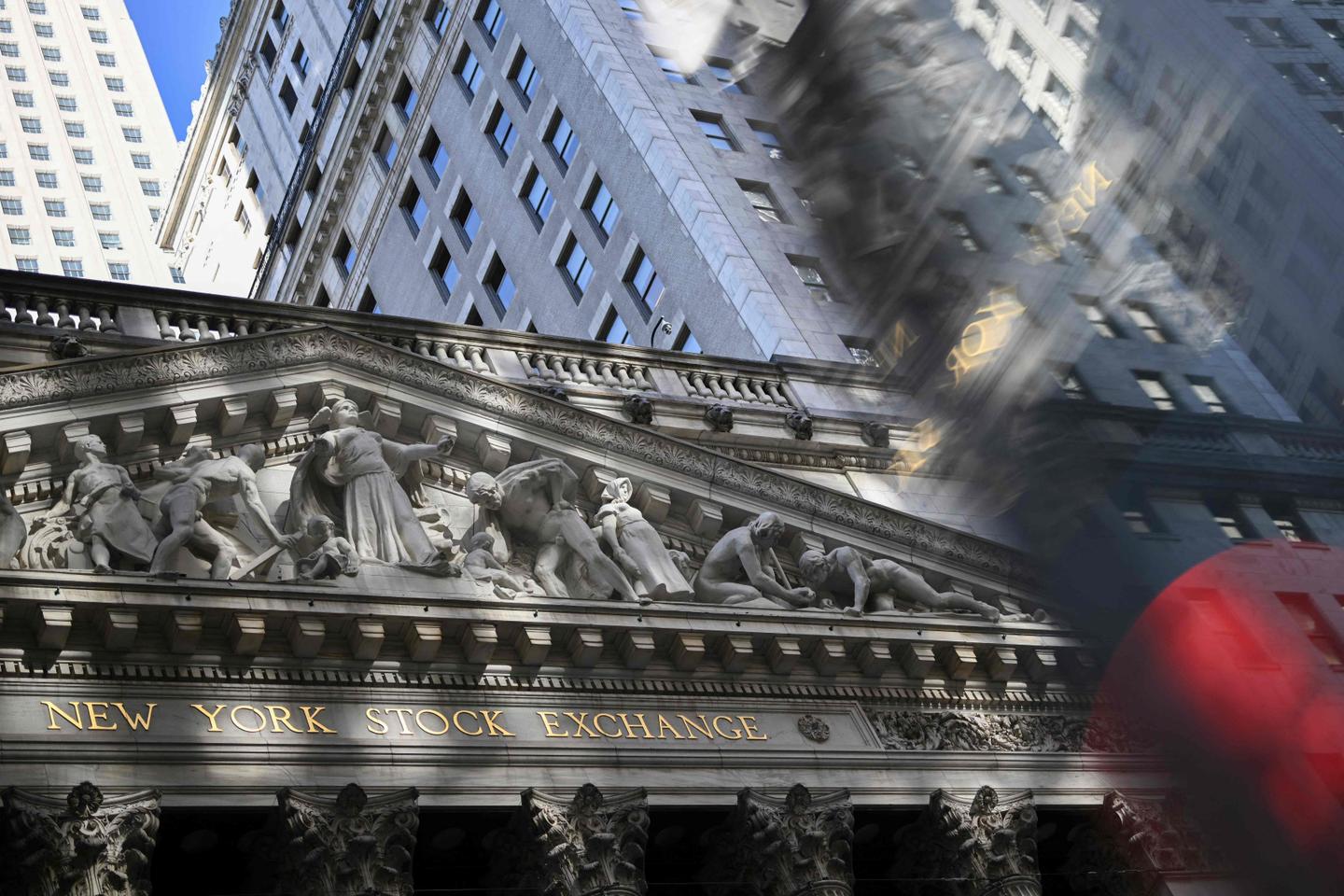


After the euphoria ... the hangover? The Trump effect has broken on Wall Street, with a week of declines after the surge that followed the November 5 election. The two culprits were Donald Trump himself, following controversial appointments, notably to the defense and health ministries, and above all Jerome Powell, the president of the Fed, the US central bank, indicating that he was in no hurry to lower interest rates further. As a result, Wall Street was down sharply on Friday (1.32% for the S&P 500, which represents large companies, 2.24% for the technology-rich Nasdaq).
There was an air of déjà vu, in the aftermath of the November 5 election marked by Trump's election. Wall Street soared, just as it had eight years earlier. As a result, the stock market began to break records. The S&P 500 had gained 5% that week, while the Nasdaq and the Dow Jones, which represents the very largest companies, gained over 6%.
Curiously, at the same time, interest rates were rising, driving bond prices down. Ten-year rates have risen from 4.28% to 4.48% since the election. There's a contradiction here. Normally, when rates rise, stock prices fall, because the value of future profits is lower and the cost of corporate financing rises.
This paradox can be explained by a double Trump effect. In the short term, his outright election has removed the uncertainty for businesses and investors who feared that, whatever the outcome, the election would be contested for weeks, if not months, precipitating the country to the brink of civil war and crippling the economy.
This risk suddenly disappeared, logically driving up Wall Street. Then, with Trump winning the Senate hands down and eventually the House of Representatives, stock markets welcomed his program: promised cut in the corporate tax rate from 21% to 15%; commitment to massive deregulation of the US economy by saber-rattling environmental, financial, competition rules; protection for US companies from competition with tariff barriers of 10% for the rest of the planet and 60% for China.
Pessimistic bond markets
Except that the bond markets had a different, much more pessimistic long-term reading. For them, Trump's program, with its tariffs and mass expulsions of non-regular workers who keep the economy going, heralds the return of inflation. Indeed, October's figure proved mediocre, with prices up 2.6% year-on-year. Logically, Powell was cautious at a conference in Dallas on November 14: "The economy is not sending any signals that we need to rush to lower rates," he said.
You have 58.27% of this article left to read. The rest is for subscribers only.
